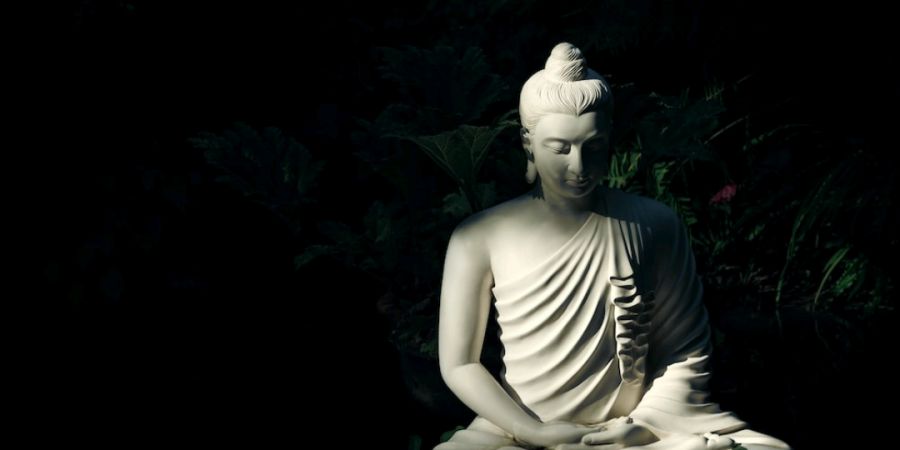

Gautama Buddha lived between 563 BC and 483 BC. Buddhism was created based on him. His real name is “Siddhartha Gautama”. He then attained enlightenment and became a Buddha (enlightened one). He was also known as “Sakya Muni”.
Buddhist bhikkhus meditated on Gotama's life, teachings, and ascetic precepts as the most important of Buddhism, after Gotama's death. The most important among them is the Dhammapad, which unlike other religious texts was created in the common language of the people. And simple style is its highlight. This information, which was transmitted orally through guru-disciple succession, was written down after 100 years as a book called Tripitakam.
Siddhartha Gautama was born on Puranai in the month of May at Lumbini in present day Nepal. Maya is his mother. During his birth celebration a wise man Samukandanta prophesied that Siddhartha would become a great king or a sage. Before his birth, his mother dreamed that he was riding on a white elephant, carrying a white lotus. Gautama's mother died on the seventh day of his birth. So he was brought up by his mother's younger sister, Mahaprajapati Gautami.
Siddhartha married Yasodarai at the age of 16. Later they both gave birth to a son. His name is Rahulan. His father provided all the facilities Siddhartha needed. Siddhartha spent his time enjoying the comforts of the palace without knowing about the outside world.
At the age of 29, he had a moment to reflect on his life. Once when I went out with an assistant, I happened to see four scenes. They are;
An old rickety old man
A patient
A rotting corpse
The fourth is a sage
Through these scenes, Siddhartha, realizing the sufferings of human life for the first time, traveled to Kanakam to see the secret of life. He did not practice asceticism, rather his aim was to see the secret of life.
On his way to Kanakam, Siddhartha, as per the custom of the time, starved himself for several days without taking a bath, and sat in penance in the practice of yoga. Seeing his penance, he got some disciples.
At Sarnath, near Varanasi, he accepted five disciples for the first time and blessed them. This event is known in Buddhist scriptures as Dhamma Chakra Pravadhanam or Aravazhi Rolling.
Many days later when a musician was passing through his penance, he told his disciple about the harp and its intricacies. He went on to say that "when a string is attached to a harp, if it is tied too tightly, the string will break, and if it is tied too loosely, the music will not be restored". He felt that he was regretting himself and that if this state of affairs continued, his body would die and he would die before attaining the enlightenment he was seeking. So he decided to give up austerity. Therefore, too much life will not bring enlightenment, and too long penance will not bring enlightenment. He also started thinking that if there is a long penance, this body will be destroyed.




